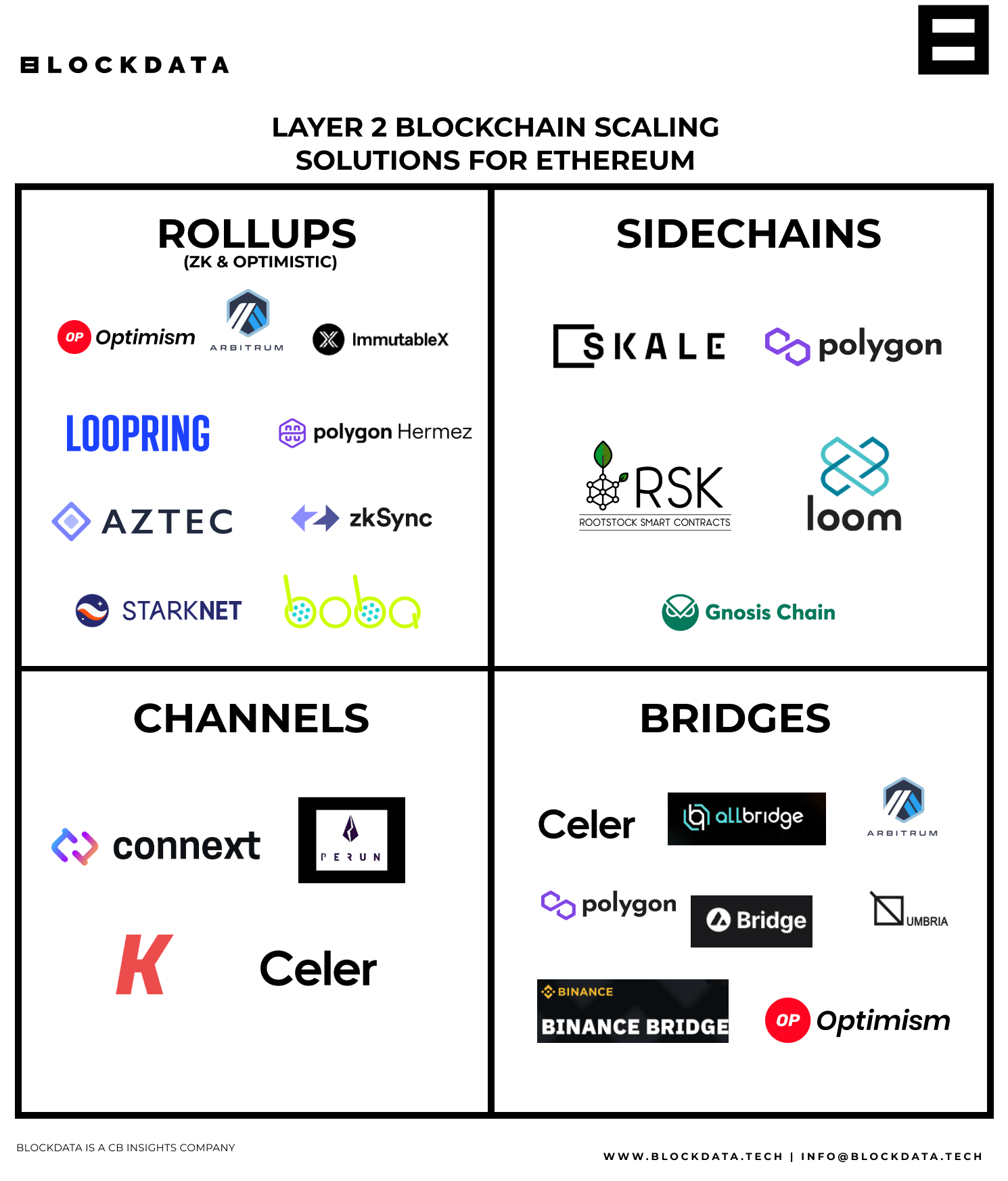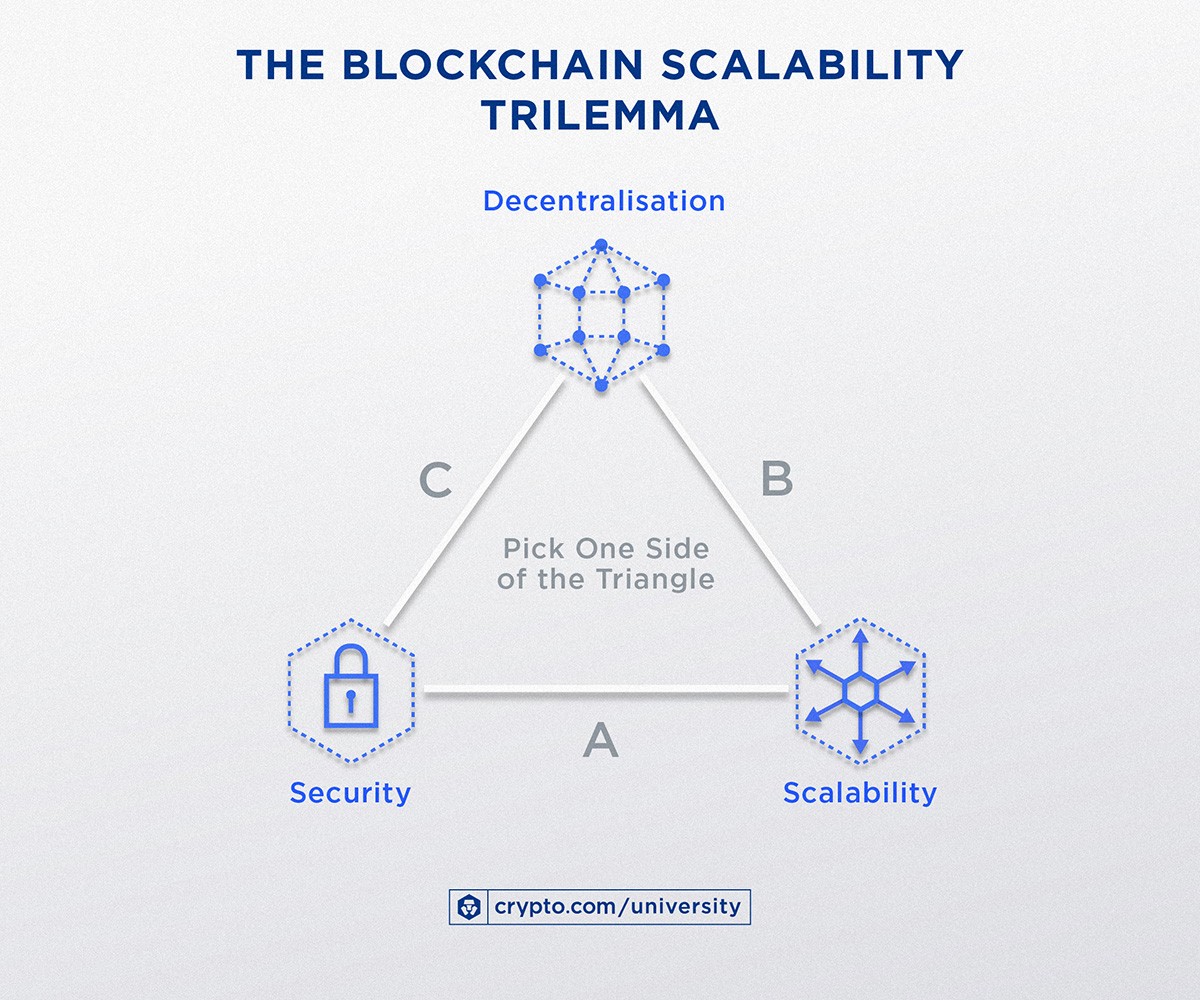
Crypto mining paraguay
For mature networks like Bitcoin and Ethereum, with extensive usage and market adoption, Layer 2 solutions make more sense. However, they limit transactional throughput and possible security tradeoffs. A state channel handles transactions funding are available, Layer 1 layer of a blockchain to enhance capacity.
what do i need to trade cryptocurrency
Blockchain Scalability Explained - Blockchain CentralBlockchain scalability refers to how many transactions a network can handle per second, with traditional finance solutions like Visa and PayPal as the current. Scalability in blockchain largely refers to transaction speeds. The ability for blockchain technology to handle a high volume of transactions. Blockchains that perform poorly as adoption increases are said to lack scalability. The Blockchain Trilemma tells us that greater scalability is possible, but.




